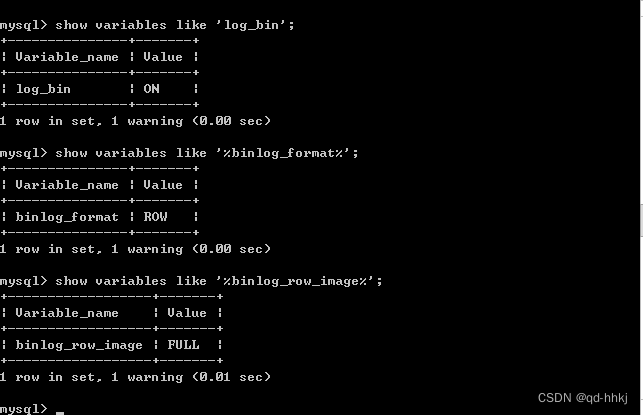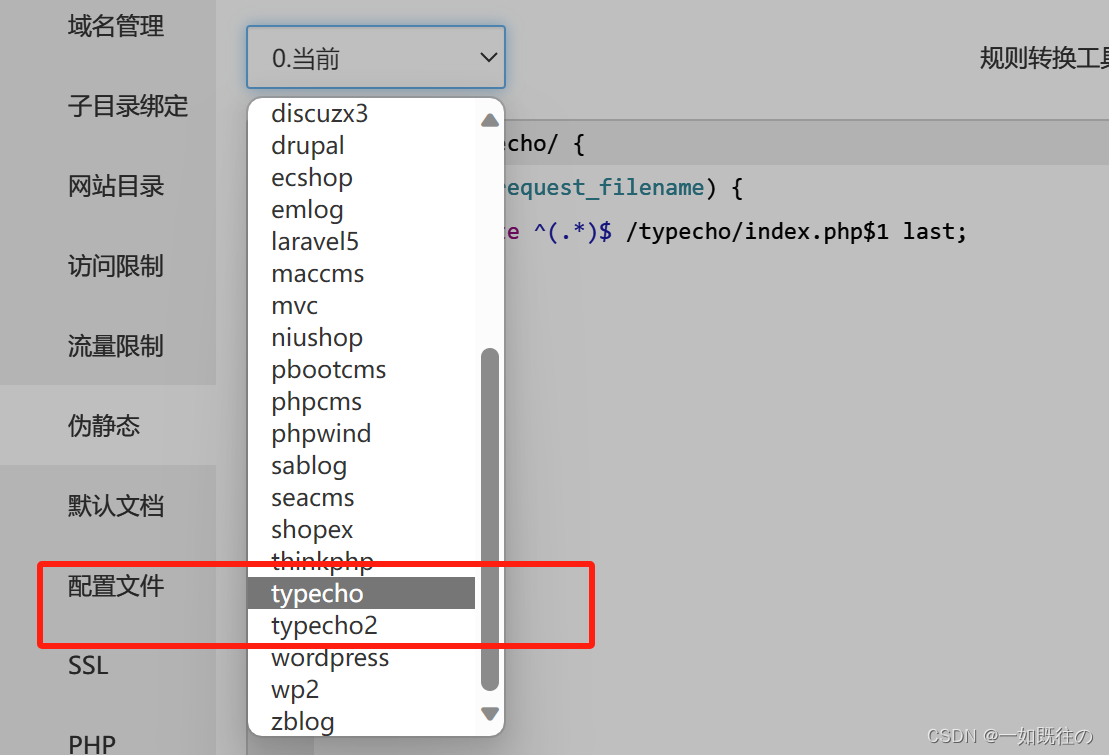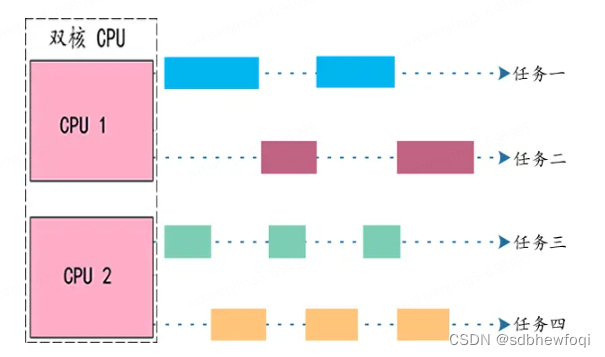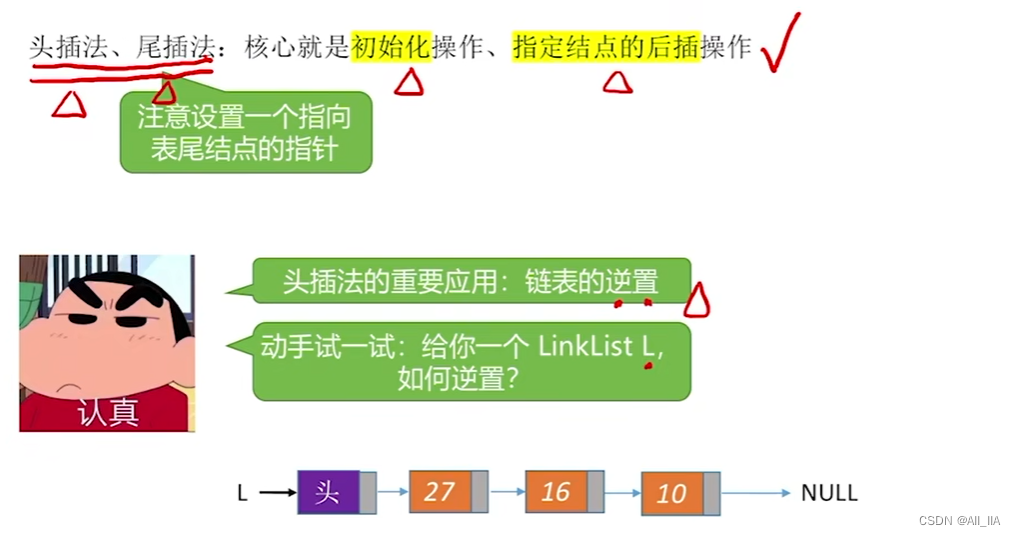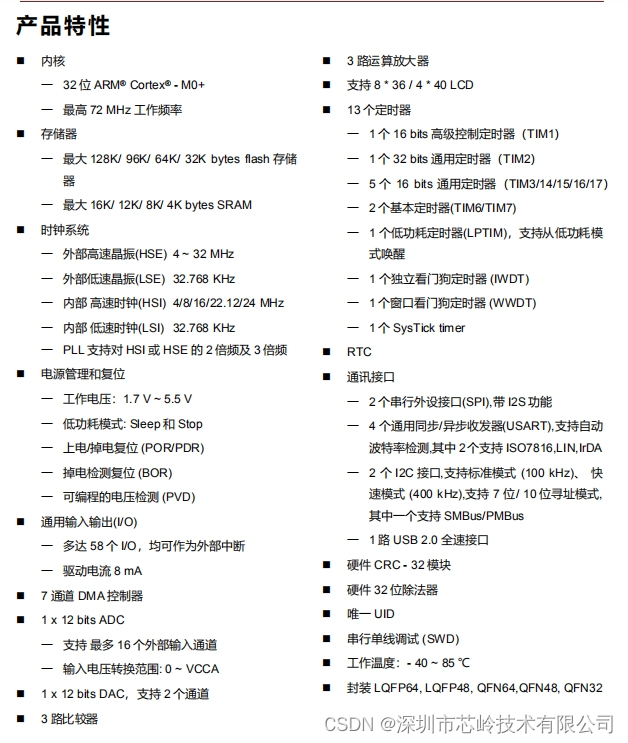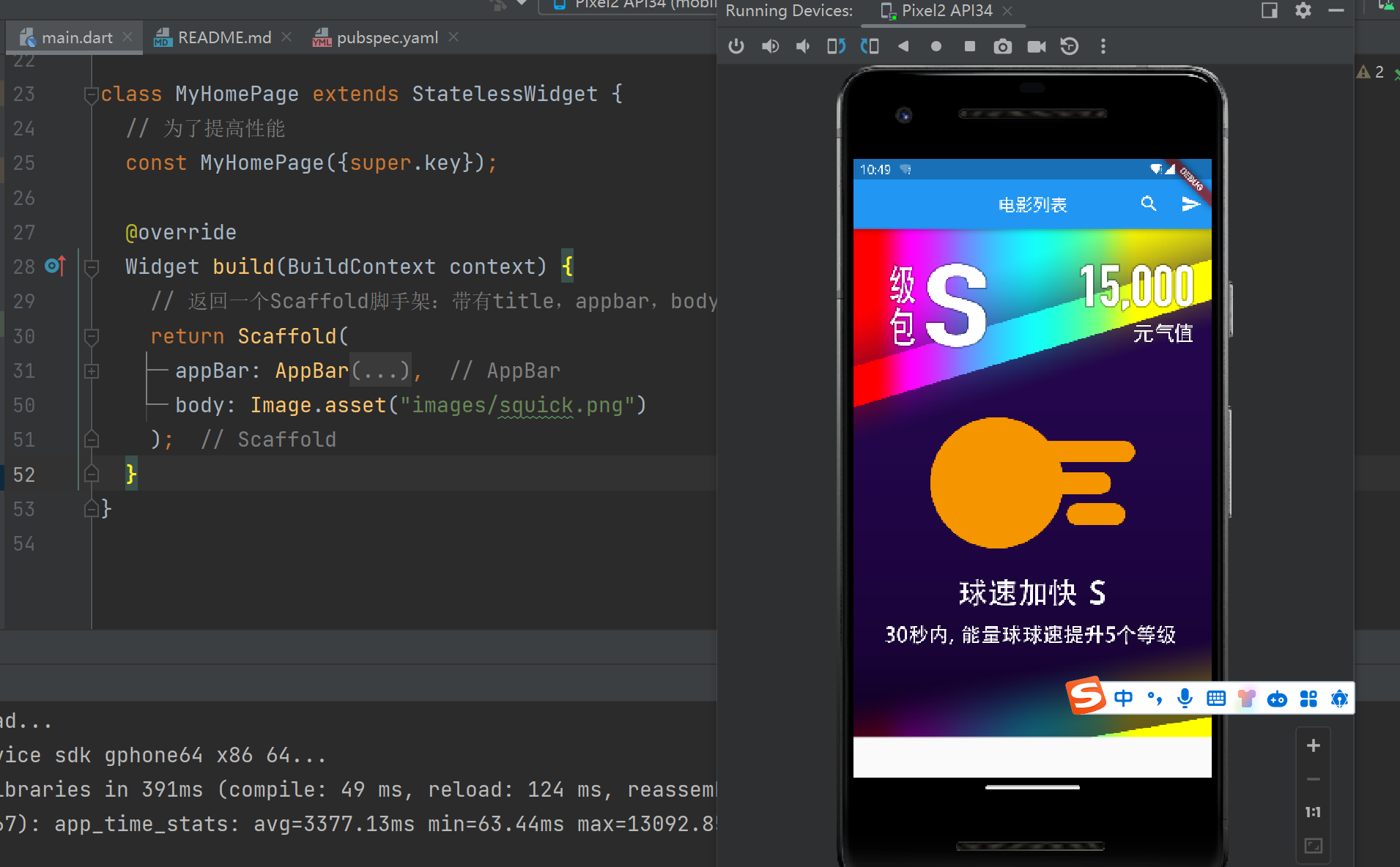二叉树搜索树的应用
- 1. 二叉树搜索树的应用
- 2. 二叉搜索树的性能分析
- 3. 二叉树进阶面试题
1. 二叉树搜索树的应用
- K模型:K模型即只有key作为关键码,结构中只需要存储Key即可,关键码即为需要搜索到的值。(确定一个值在不在)
比如:给一个单词word,判断该单词是否拼写正确,具体方式如下:以词库中所有单词集合中的每个单词作为key,构建一棵二叉搜索树在二叉搜索树中检索该单词是否存在,存在则拼写正确,不存在则拼写错误。 - KV模型:每一个关键码key,都有与之对应的值Value,即<Key, Value>的键值对。()
该种方式在现实生活中非常常见:
比如英汉词典就是英文与中文的对应关系,通过英文可以快速找到与其对应的中文,英文单词与其对应的中文<word, chinese>就构成一种键值对;
再比如统计单词次数,统计成功后,给定单词就可快速找到其出现的次数,单词与其出现次数就是<word, count>就构成一种键值对。
改造二叉搜索树为KV结构
#pragma once
#include <iostream>
using namespace std;
namespace KV
{
template <class K,class V>
struct BSTreeNode
{
BSTreeNode<K,V>* _left;
BSTreeNode<K,V>* _right;
K _key;
V _value;
BSTreeNode(const K& key, const V& value)
:_left(nullptr)
, _right(nullptr)
, _key(key)
,_value(value)
{}
};
template <class K,class V>
class BSTree
{
typedef BSTreeNode<K,V> Node;
public:
//插入
bool Insert(const K& key, const V& value)
{
if (_root == nullptr)
{
_root = new Node(key,value);
return true;
}
Node* cur = _root;
Node* parent = nullptr;
while (cur)
{
parent = cur;
if (key > cur->_key)
{
cur = cur->_right;
}
else if (key < cur->_key)
{
cur = cur->_left;
}
else
{
return false;
}
}
cur = new Node(key,value);
if (key > parent->_key)
{
parent->_right = cur;
}
if (key < parent->_key)
{
parent->_left = cur;
}
return true;
}
//中序打印
void InOrder()
{
_InOrder(_root);
cout << endl;
}
//查找
Node * Find(const K& key)
{
Node* cur = _root;
while (cur)
{
if (key > cur->_key)
{
cur = cur->_right;
}
else if (key < cur->_key)
{
cur = cur->_left;
}
else
{
return cur;
}
}
return nullptr;
}
//删除
bool Erase(const K& key)
{
Node* cur = _root;
Node* parent = nullptr;
while (cur)
{
if (key > cur->_key)
{
parent = cur;
cur = cur->_right;
}
else if (key < cur->_key)
{
parent = cur;
cur = cur->_left;
}
else
{
//开删
if (cur->_left == nullptr)
{//左为空
if (cur == _root)
{
_root = cur->_right;
}
else if (cur == parent->_left)
{
parent->_left = cur->_right;
}
else
{
parent->_right = cur->_right;
}
}
else if (cur->_right == nullptr)
{//右为空
if (cur == _root)
{
_root = cur->_left;
}
else if (cur == parent->_left)
{
parent->_left = cur->_left;
}
else
{
parent->_right = cur->_left;
}
}
else
{//左右都不为空
Node* SubLeft = cur->_right;
Node* _parent = cur;
while (SubLeft->_left)
{
_parent = SubLeft;
SubLeft = SubLeft->_left;
}
swap(cur->_key, SubLeft->_key);
if (SubLeft == _parent->_left)
{
_parent->_left = SubLeft->_right;
}
else
{
_parent->_right = SubLeft->_right;
}
}
return true;
}
}
return false;
}
private:
void _InOrder(Node* root)
{
if (root == nullptr)
{
return;
}
_InOrder(root->_left);
cout << root->_key << ":" << root->_value << endl;
_InOrder(root->_right);
}
private:
Node* _root = nullptr;
};
}
统计水果出现次数
int main()
{
string arr[] = { "苹果", "西瓜", "苹果", "西瓜", "苹果", "苹果",
"西瓜","苹果", "香蕉", "苹果", "香蕉" };
KV::BSTree<string, int> CountTree;
for (auto &e : arr)
{
KV::BSTreeNode<string, int>* ret = CountTree.Find(e);
if (ret == nullptr)
{
CountTree.Insert(e,1);
}
else
{
ret->_value++;
}
}
CountTree.InOrder();
return 0;
}
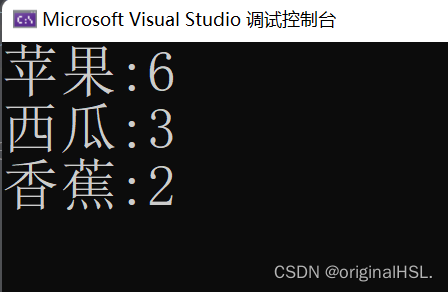
输入单词,查找单词对应的中文翻译
int main()
{
KV::BSTree<string, string> dict;
dict.Insert("sort", "快排");
dict.Insert("left", "左边");
dict.Insert("right", "右边");
dict.Insert("insert", "插入");
dict.Insert("key", "键值");
string str;
while (cin>>str)
{
KV::BSTreeNode<string, string>* ret = dict.Find(str);
if (ret)
{
cout << ret->_value << endl;
}
else
{
cout << " 无此单词" << endl;
}
}
return 0;
}
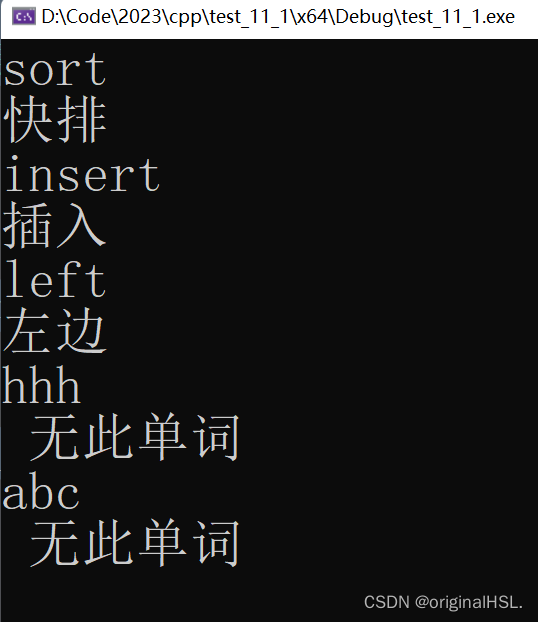
2. 二叉搜索树的性能分析
插入和删除操作都必须先查找,查找效率代表了二叉搜索树中各个操作的性能。
对有n个结点的二叉搜索树,若每个元素查找的概率相等,则二叉搜索树平均查找长度是结点在二叉搜索树的深度的函数,即结点越深,则比较次数越多。但对于同一个关键码集合,如果各关键码插入的次序不同,可能得到不同结构的二叉搜索树:
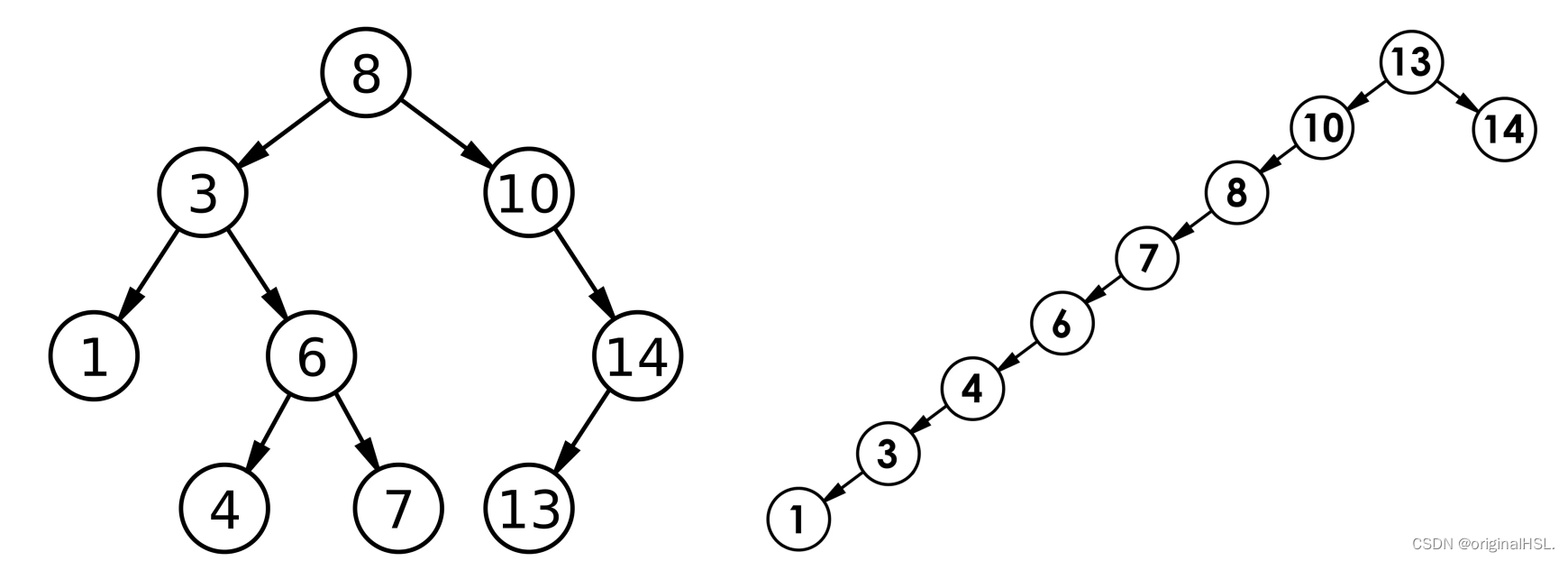
最优情况下,二叉搜索树为完全二叉树(或者接近完全二叉树),其平均比较次数为:
l
o
g
2
N
log_2 N
log2N
最差情况下,二叉搜索树退化为单支树(或者类似单支),其平均比较次数为:
N
2
\frac{N}{2}
2N
3. 二叉树进阶面试题
这些题目更适合使用C++完成,难度也更大一些
-
给定一个二叉树, 找到该树中两个指定节点的最近公共祖先
-
二叉树搜索树转换成排序双向链表
-
二叉树创建字符串
(本章完)


